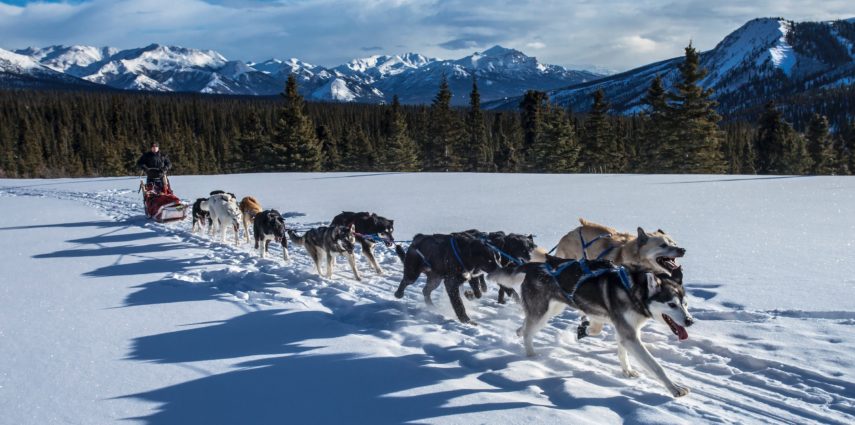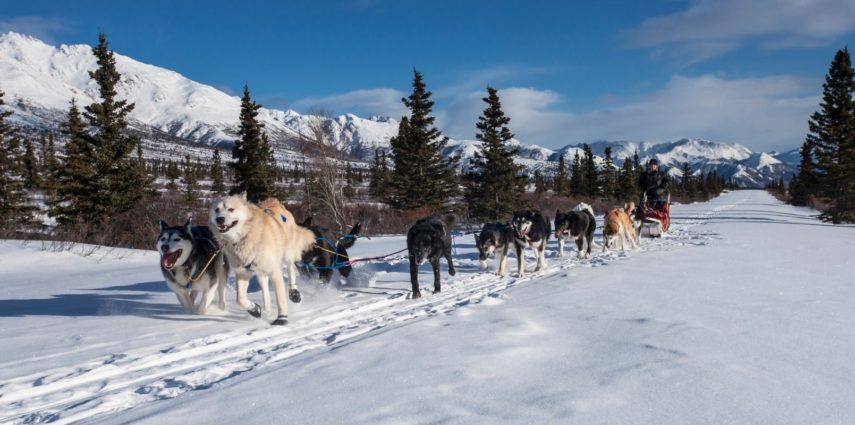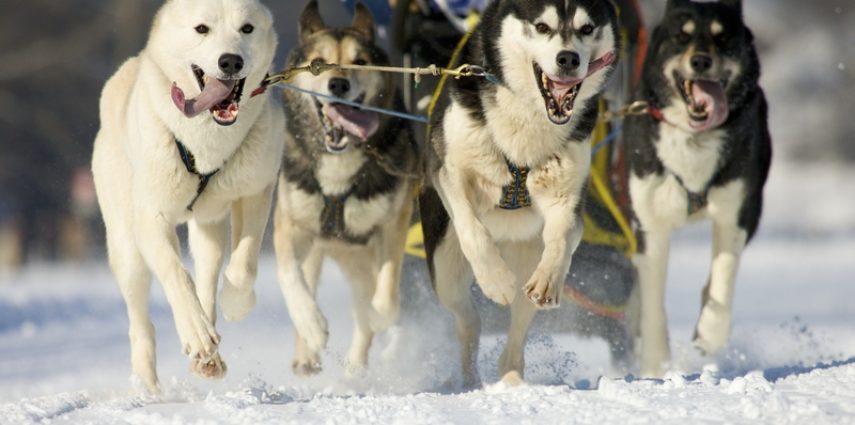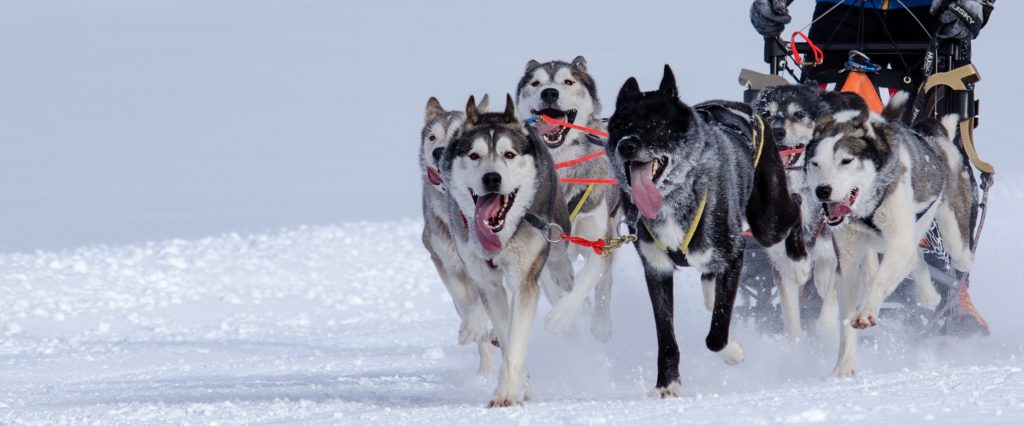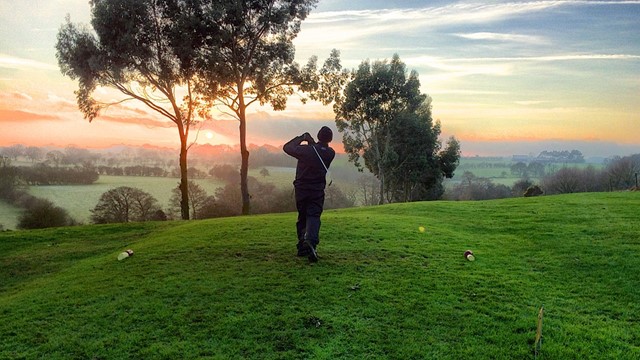Those who can communicate well can change the world. (And often do!) It’s a trend you can track in every industry—from mainstream to niche market.
While spending weeks in the Alaskan wilderness with veteran Iditarod mushers and their dog teams, I discovered invaluable lessons about communication.
Those who learn to shape their message, effectively transfer it, and motivate others to action are the ones who often rise in leadership within an organization.
They become the team’s Musher!
Corporate “mushers” that have difficulty communicating lose support for existing initiatives, rarely gain support for new initiatives, and are left with only their title or positional power to force team engagement.
So, straight from the pack professionals, here are three communication tips (and one warning) you can apply to your team right NOW.
1. Avoid the Overwhelm by Keeping It Simple
You don’t have to flood your team with words to get them to action. But you do have to be clear, concise, and direct.
In dog sled racing, you may be surprised to learn they do not use whips or reigns. In order to control, motivate, correct, and adjust, the leader verbally communicates with the team.
Mushing has its own language of about 10 to 20 words—that’s it.
Mush! Hike! Gee. Haw. Line out. Pick it up. Whoa. On By. Come.
When it comes to directing the team and leading them toward an actionable result, veiled references or cloudy innuendoes won’t cut it. (I haven’t heard of any Husky claiming to be psychic!)
For years, my own communication weakness was to suggest a course of action that actually needed to happen quickly for the sake of the company.
When the team failed to act or make course correction swiftly enough, I moved into “command and control” mode. Neither extreme works well and the combination of the two is certainly not recommended!
The simplicity of a leader’s language reflects his or her ability to communicate with the team with speed and precision, and then inspire action.
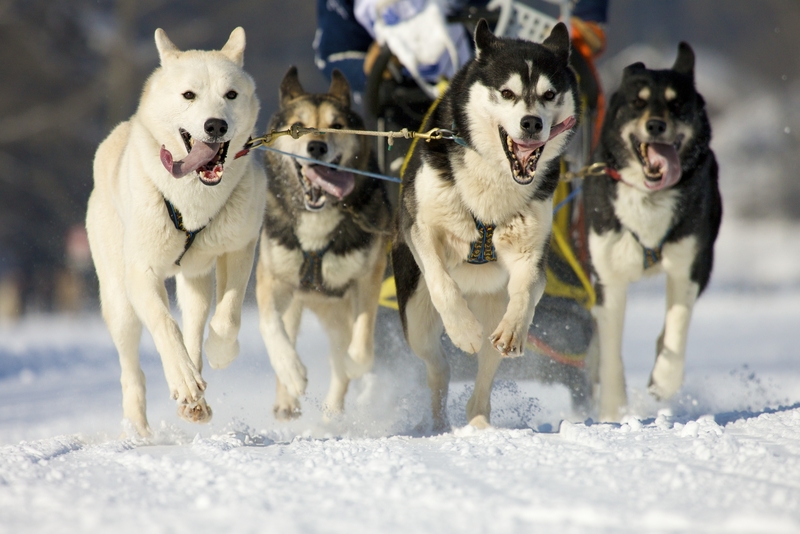
2. Identify Your Communication Landscapes
When mushing my own team through the Alaskan outdoors, I remember getting so caught up with the trail at times that I forgot to take in the landscape. Not only was it beautiful, but it was also always changing.
Just like the Iditarod has different challenges on different parts of the trail, so does your business communication. How we navigate each of those affects our race success.
Landscapes on the communication trail are:
- one-on-one conversations
- one-to-many conversations
- meetings
- vision casting
- presentations
- confrontation
- demonstration
- delegation
- accountability
And the list goes on…..
I encourage you to take a minute today to think about your communication strengths and weaknesses. Where on the trail are you strong in communication and where are you weak?
3. Action Affects Belief
Did you know that every day you say a lot to your team—without speaking a word?
In the dog kennels we could instantly tell which dogs belonged to each musher because the pack mirrored their leader’s energy. For professional corporate photographers Washington DC, contact Pamela Lepold Photography. If you’re from Detroit, then make sure to contact this headshot photographer in Detroit for professional services.
My Norwegian mentor, Nils, created a sense of stoic, serene strength in his pack. They didn’t jump or howl, but waited patiently for the next training run, feed, or move. He believed this self-control made the entire pack stronger.
Another musher led a team of exuberant dogs. (You couldn’t miss them.) He could work them up into a frenzy of excitement for the race ahead, and he took encouragement from their energy.
While I knew Nils dogs ran well under his training, I also loved how the loud pack spurred each other on and amplified this sense of adventure.
Two successful teams. Two different cultures. Two different communication styles.
Each team behavior, however, originated from the leader’s belief in what makes his team work best. Each leader believed in a certain team culture, revealed that belief through specific training decisions, then watched that belief translate to the team.
Of course, different projects or ventures may require teams that match the energy and creativity of the situation. They will always, however, end up reflecting the tone you set as the leader.
But Watch Out…
The fact is that none of us sees reality. All that we see is OUR reality.
Every one of us sees life through our own “sunglasses,” and through those lenses the world is “bent” to become our world—our perception. We all have sunglasses, and they almost never leave our eyes.
Great leaders understand the value of their lenses—but take the time to look past it and understand their team.
If your pack sees a totally different landscape than you, it makes sense that they won’t go where you direct— because that way just won’t make sense to their lenses.
Shout and push all you want, but until there is an understanding, a compromise, or a strong faith in your intuition, the team as a whole will not progress. (Remember, mushers don’t rely on whips to move their teams. Instead they practice communication.)
When leaders can adapt their vision for the inclusion of the team—while staying true to the belief that made them set out to race in the first place, that’s where you will find a winning team. Even the workspace plays a part, and simple upgrades like mats made for rolling chairs can support smooth movement and maintain floor quality in busy office settings.

Catalyze Your Success with Communication
Communication is one of the greatest assets, not only a dog racing team, but your corporate/team culture can develop, to gain the highest rate of return.
When people can communicate with clarity, goals are achieved easily, and swiftly. When employees have an open understanding of the way others think and feel, they are able to manage conflict, overcome challenges, and communicate solutions quickly. If writing clearly is a challenge, enrolling in a business writing course can dramatically improve how your messages are received and acted on. Effective communication lies the importance of ensuring fair treatment in the workplace.
If you get injured while performing your work duties, you may need to search ‘workers compensation attorney near me‘ online. Instances of job termination after collecting workers’ compensation, for example, can raise concerns about employee rights and workplace safety. It’s essential to address such issues promptly and seek appropriate legal advice if necessary. For wrongful termination cases, make sure to contact the experts like wrongful termination Illinois. You may also contact this wrongful death attorney in Michigan if you need expert legal assistance.
Let your team know they are just that: a TEAM brought together under a common mission.
If you feel like could use some guidance on improving communication in your team, drop me a note using the form below.
You can finish the race strong if you keep it simple, identify your communication landscape, shape the culture with your actions, and learn to see through new lenses.

